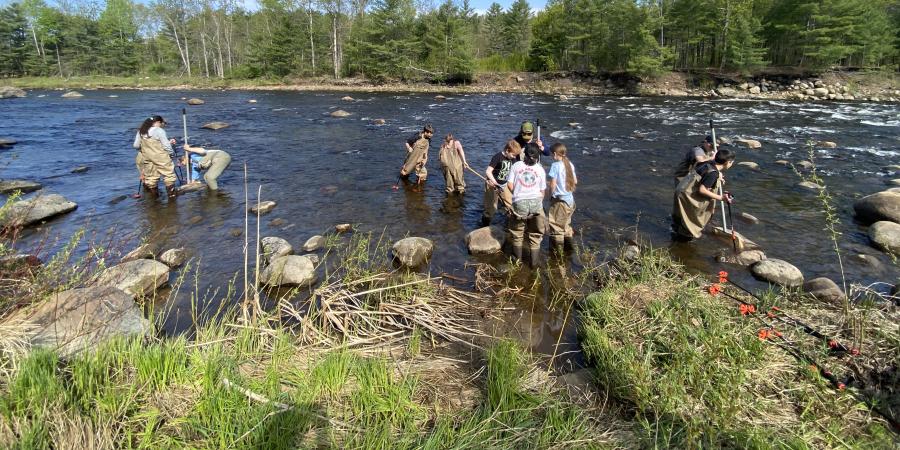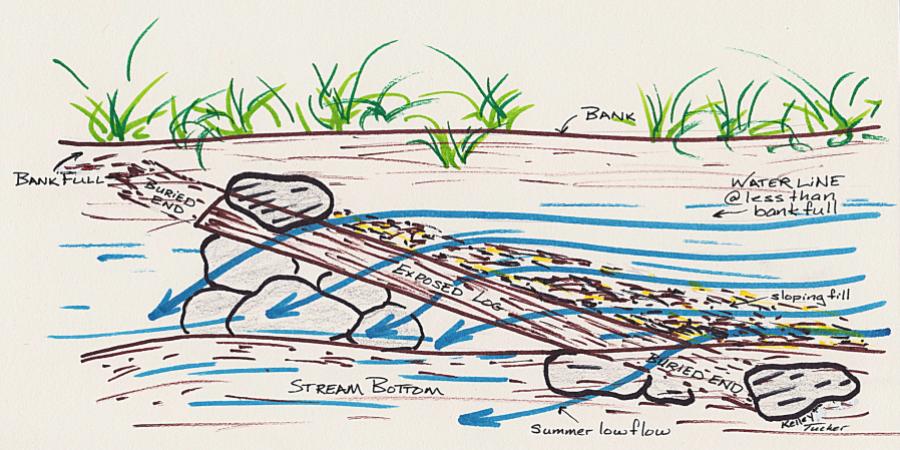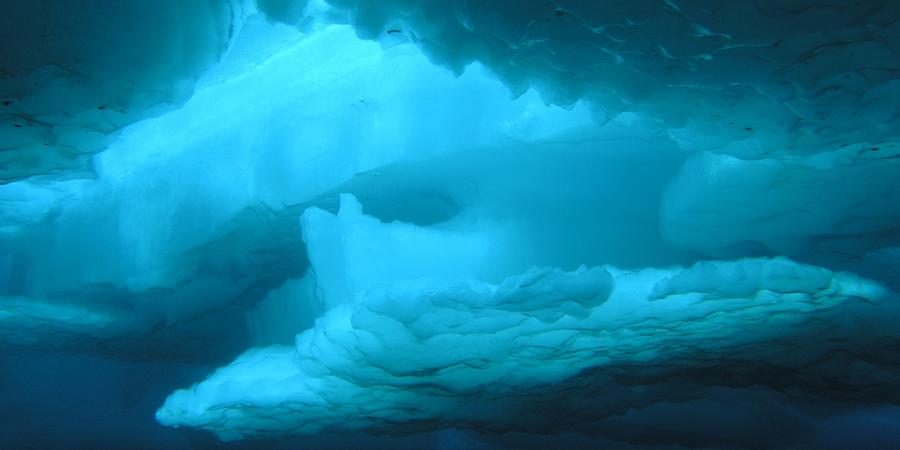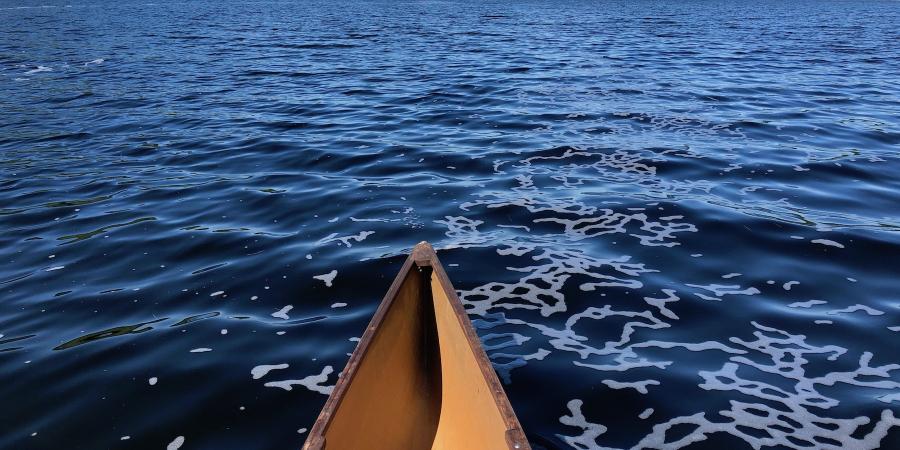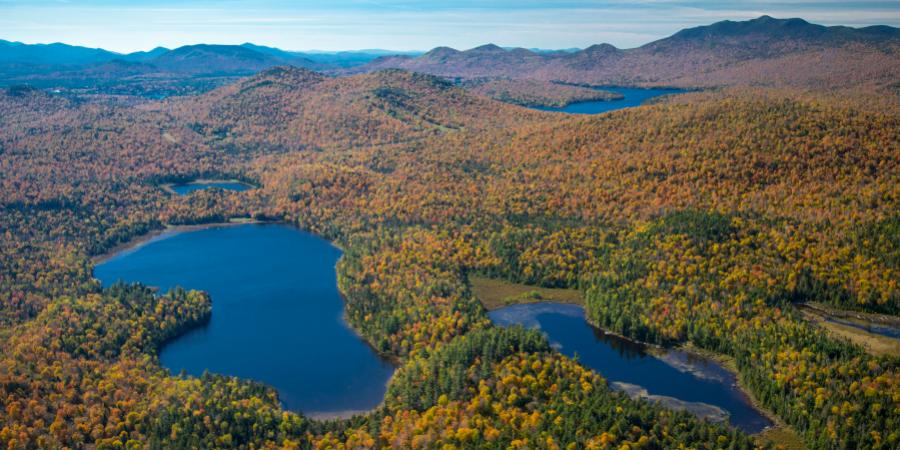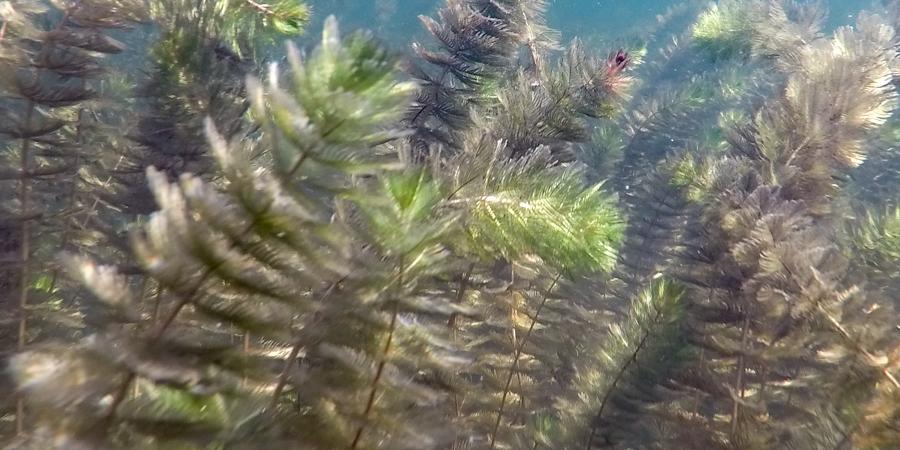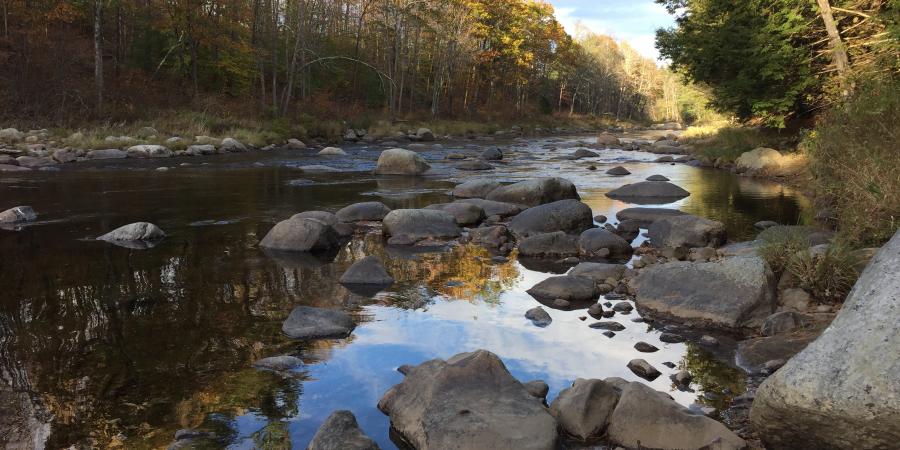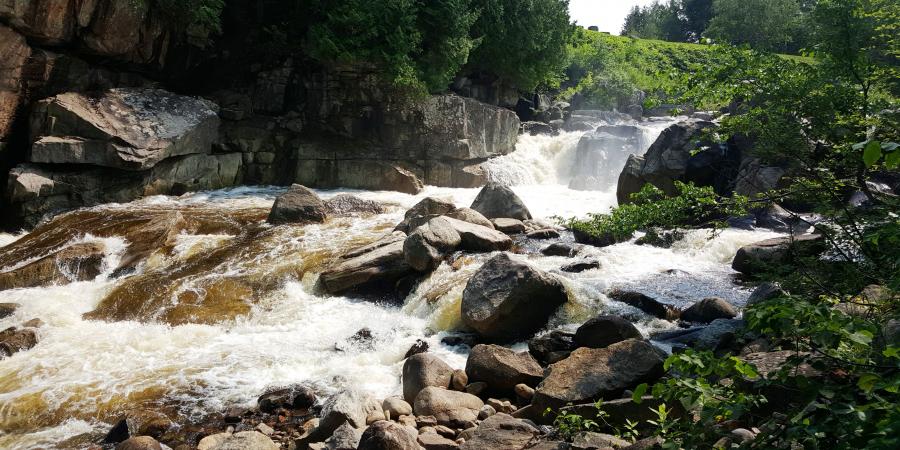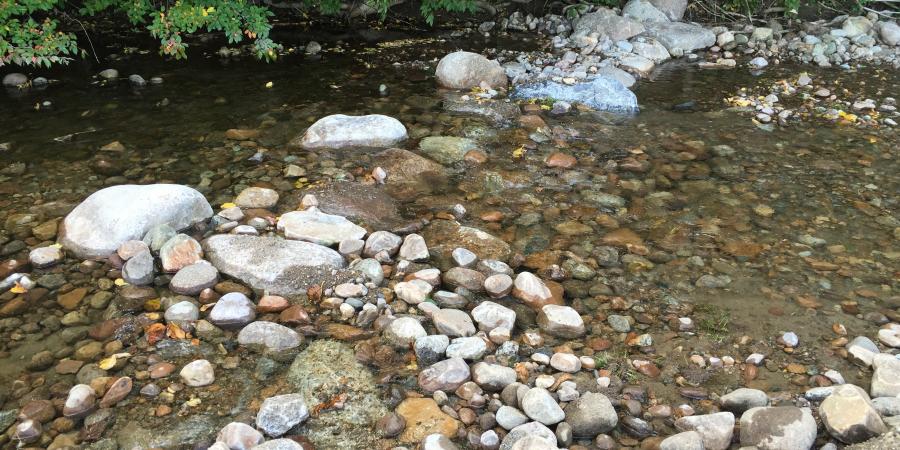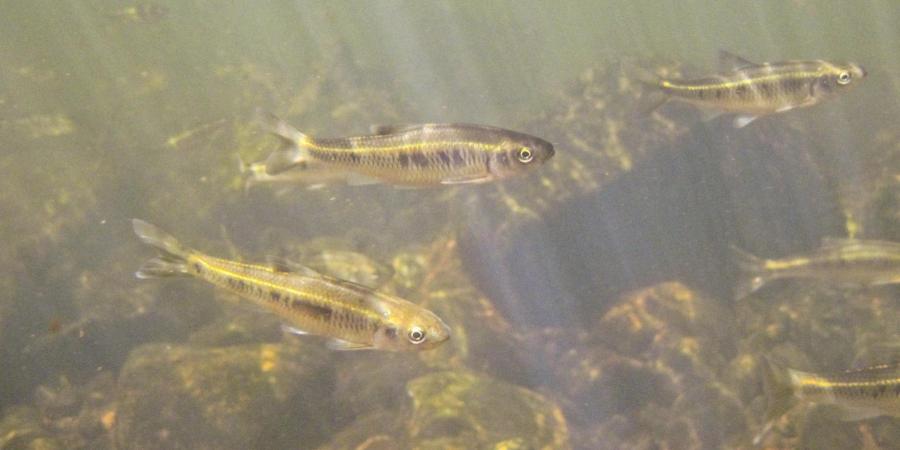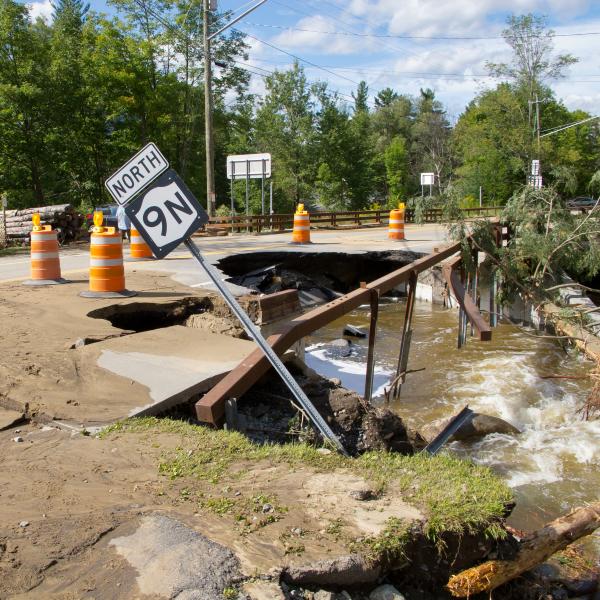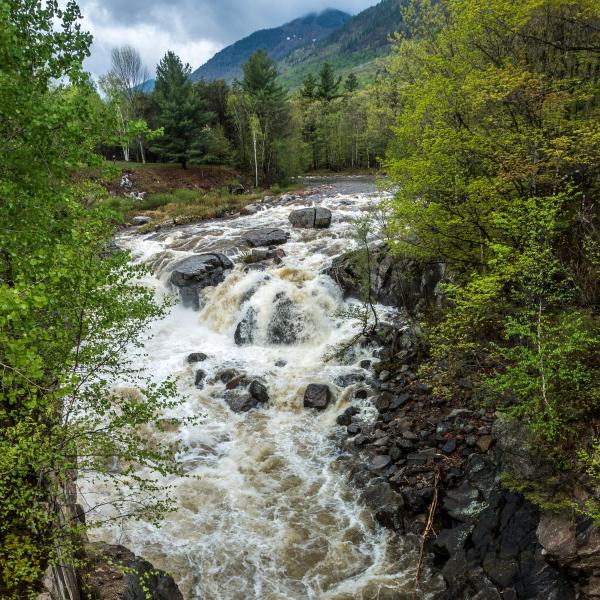Keep up with the work of Ausable River Association staff. These stories share information about our stewardship and monitoring work, natural stream restoration, and culvert replacement techniques by highlighting specific projects in the Ausable and Boquet River watersheds of northern New York. They also give you fun facts about the plants and wildlife that live in these watersheds, as well as tips for enjoying responsible, low-impact recreational opportunities.
Jul
31
2019
What causes parallel lines of bubbles to form on lakes?
Jul
24
2019
A Paddling Tour of Lake Everest
Jul
11
2019
River Tour Hike to Owen and Copperas Ponds
Jul
10
2019
How are bathymetric maps made?
Jul
03
2019
5 Techniques To ID Aquatic Plants
Jun
28
2019
The Stream Health Pyramid
Jun
07
2019
Where does the river steward work?
May
08
2019
Stream Features: Riffle to Glide
Apr
25
2019
Adirondack Salamanders
Mar
21
2019
Fish of the Ausable Watershed, Part II
